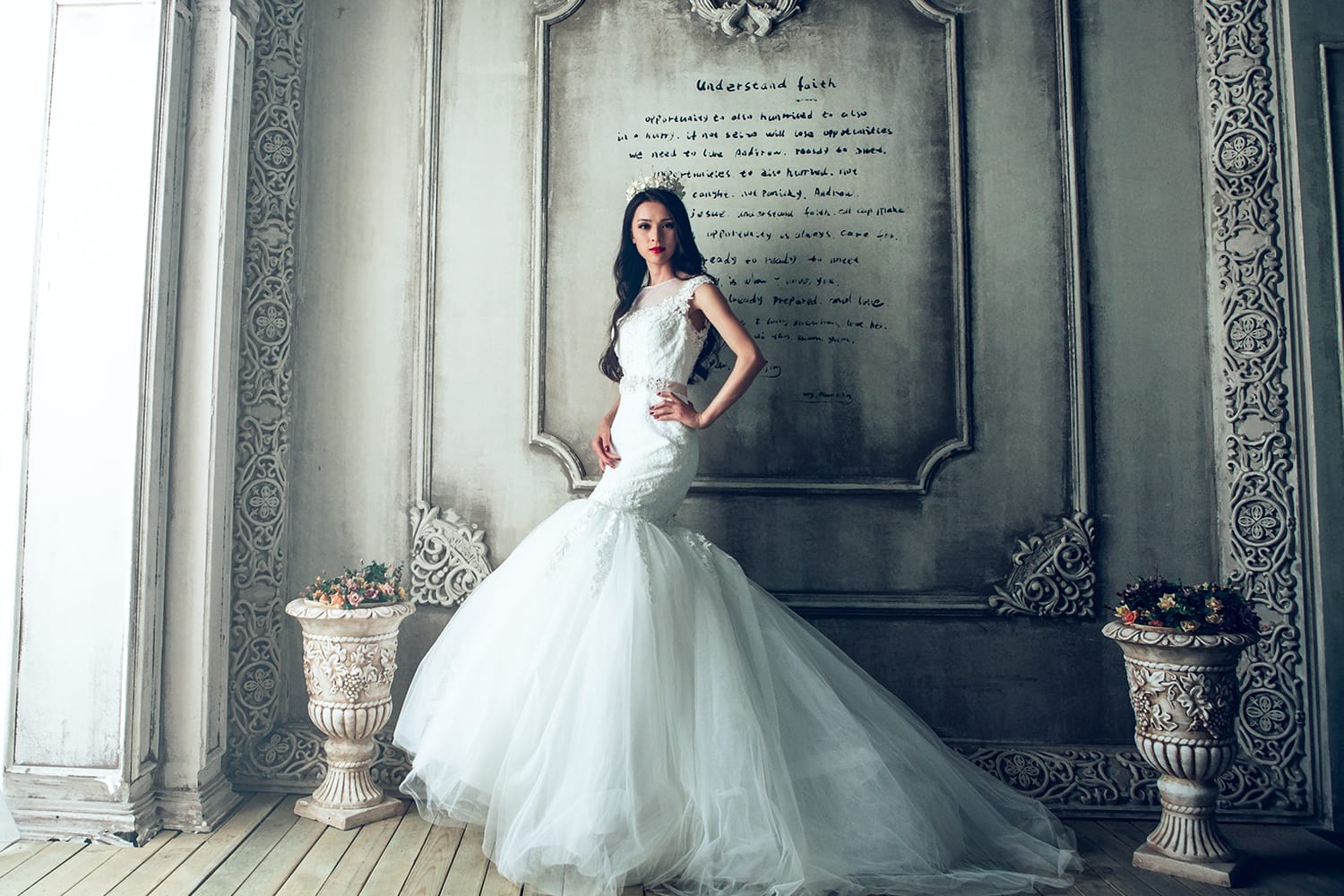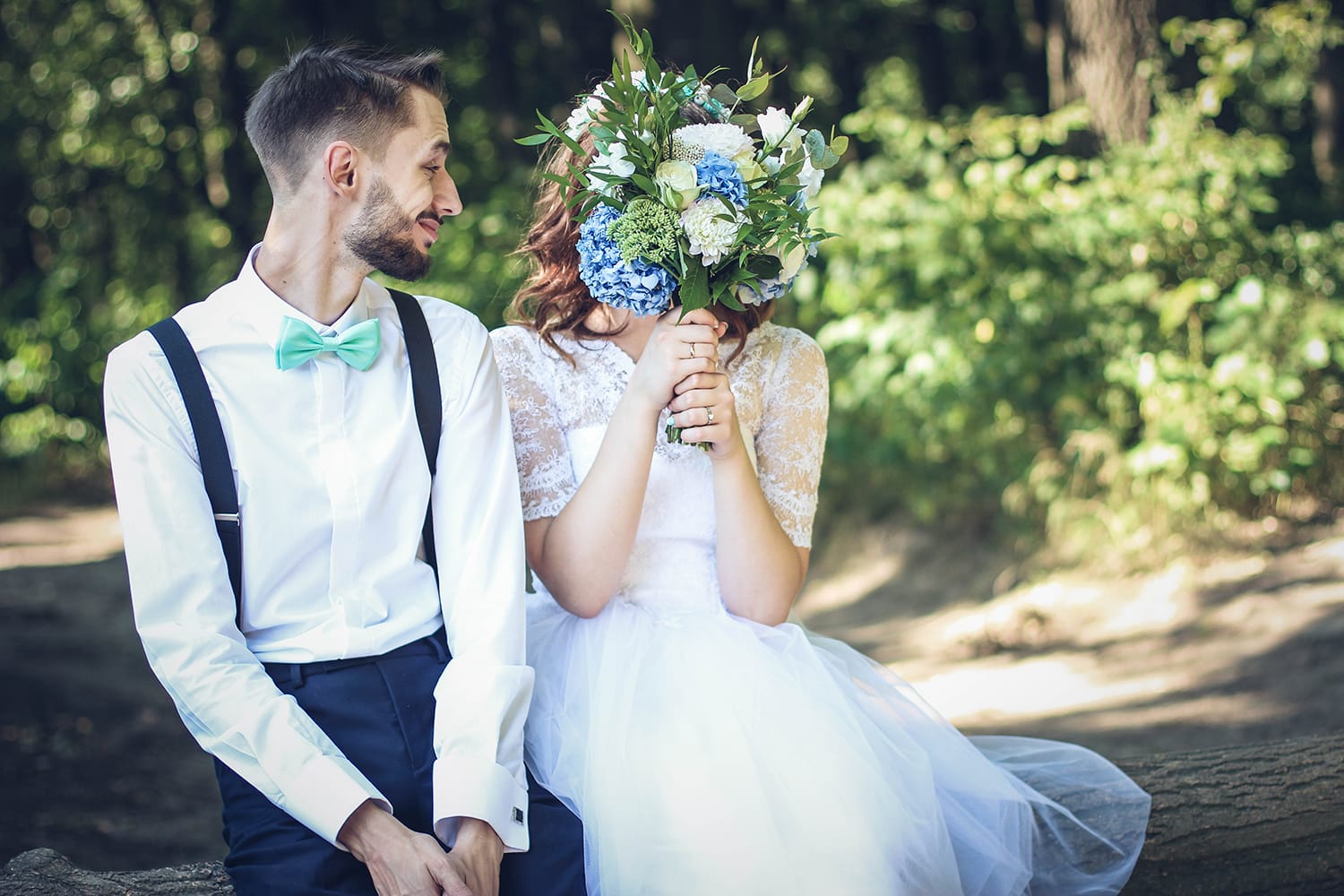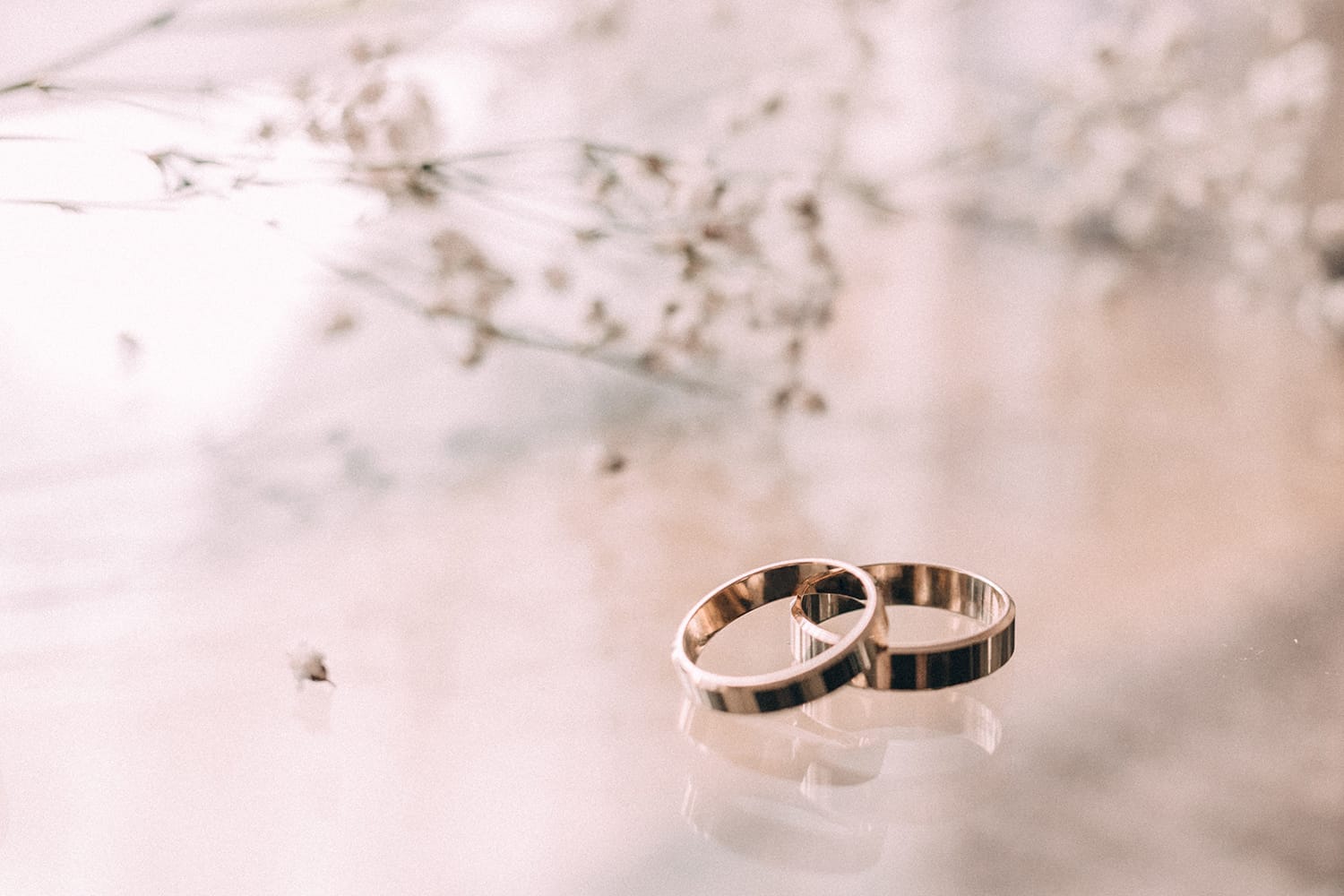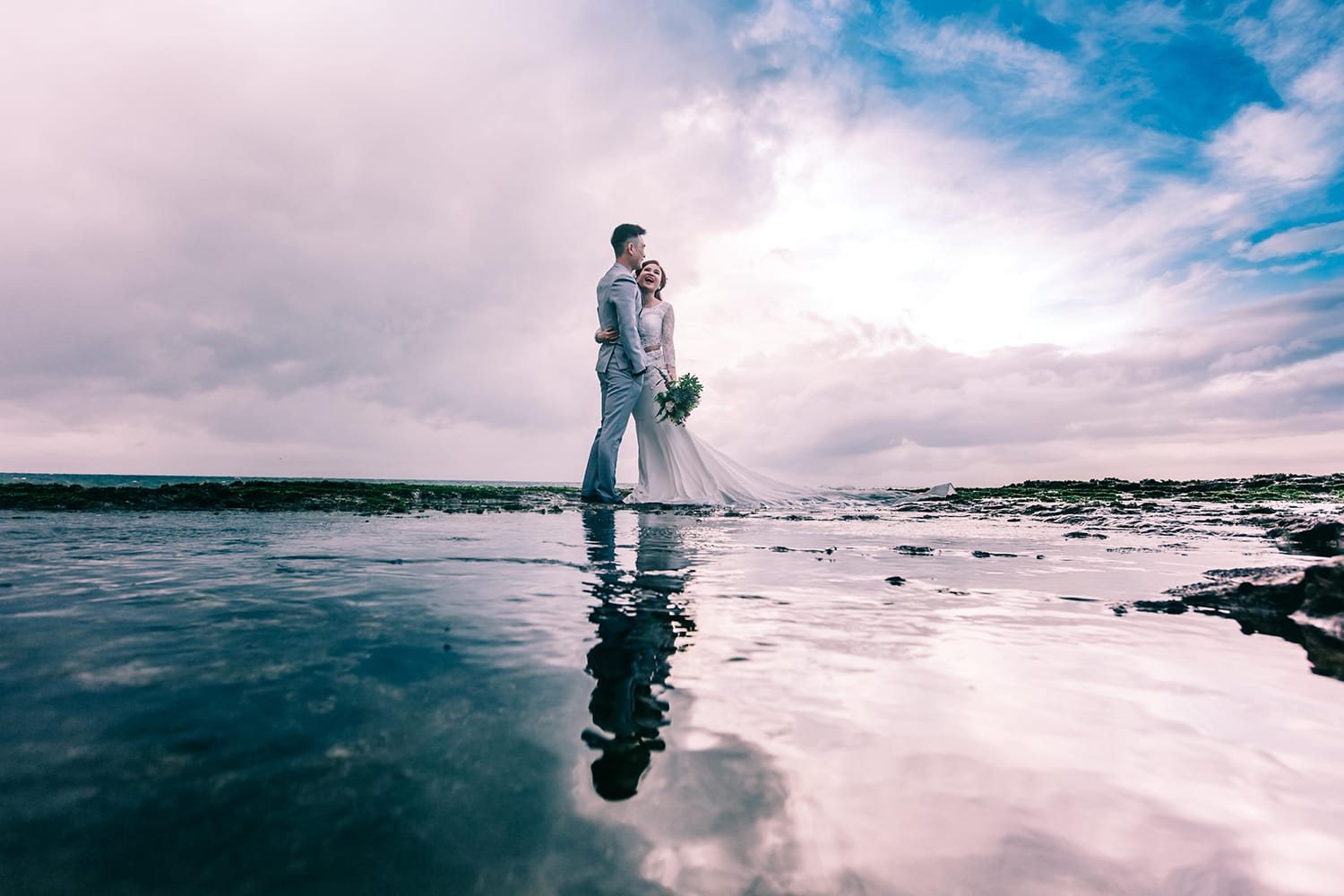An Introduction to Wedding Photography for Beginners
Shooting a wedding is a demanding and high pressure task to undertake in which there’s no time for mistakes and retakes. It’s crucial that you get it right the first time.
If you’ve never shot a wedding before then it’s important to prepare and research everything ahead of time, so here’s a few pointers to get you started.

Meet the Couple
The first step before you start planning anything is to meet up with the couple and talk about their requirements and any special requests, such as if you can use flash in the ceremony and if there’s particular areas they don’t want you shooting from.
Write a List
This step is an important one that you need to plan in advance and make sure you don’t skip it. Take some time to sit down with the couple and write a list of some key guests they want shots of and who to include in the group shots. If you don’t do this then you risk leaving out some key family members, and the couple won’t be impressed if they receive their photos and notice that for example you haven’t included their grandparents in any of the shots.
Check Out the Locations
I’d highly recommend checking out the locations with the couple beforehand to choose a few spots to shoot in so on the day both you and the couple will know what to expect and this will help to ease some tension. While you’re there it’s a good idea to take some test shots in different spots and practice a few poses and get the couples input on this.
Practice Before the Event
Practicing before the event is key for a successful shoot so if all you do is read about it without any practical experience shooting people then you’ll be setting yourself up for failure.

If you’ve been asked to shoot a wedding then chances are you have a fair amount of experience in photography and you’ve at some point taken photos of people, even if it’s on a smartphone or compact camera. An easy way to practice this is by photographing your friends or family around the house and perhaps you could take them to the wedding locations.
Preparation is Key
There’s nothing worse than not knowing where you need to be and when, so to avoid this make sure to keep a schedule of the day on hand and get this in advance if possible. One important thing to plan, especially for the ceremony is the positions you’re going to shoot from and how you’re going to move between these positions, so make sure to scout out the inside of the building beforehand. A good time to do all this is at the wedding rehearsals, which the couple will probably be happy for you to attend.
Take a Second Photographer
Taking a second photographer or requesting the couple to find one can be a huge help and will take a lot of the pressure off you, for example in the event your photos don’t all come out well or you miss some shots then there’s a good chance your backup photographer has these shots. Another benefit is you could delegate them to shoot only the guests for example so you can focus on shooting the bride and groom.
Request an Assistant
If you’re not familiar with the couples family and guests then it can be difficult trying to round them up for group shots etc. so it’s a good idea to get the couple to choose one of their family members to do this.
A Photo Checklist
It’s important to make a list of key events or subjects that the couple will expect photos of especially if you don’t have experience in shooting weddings, and it’s a good idea to get the couples input on this.
A few key events which should be on your list include walking down the aisle, the kiss, exchanging rings, cutting the wedding cake and the dance. But don’t forget to shoot the small details such as flower bouquets, rings and the wedding dress.

Have a Backup Plan
The weather on the day can ruin all your preparation if you don’t have a backup plan. Every photographer dreads facing rain on the wedding day, but you can use this to your advantage and get some very dramatic photos if you plan in advance.
Here’s a few tips to get the most out of bad weather:
- Include some props, for example you could give the couple a black or white umbrella to add some contrast.
- Positioning the couple in front of a dark, moody sky can give impressive results.
- If the ground is muddy and soft you don’t want your bride’s heals sinking into the ground, although this isn’t really your responsibility it’s a good idea to warn them ahead of time to take a spare pair of shoes.
- You might need some alternative locations to shoot in, so find these beforehand and perhaps ask the venue owners if they have any good sheltered spots or rooms you can use.

Prepare Your Gear
There’s a few gear essentials you’ll need, including a backup of your gear in the event something breaks or you run out of battery or memory card space for example. Not everyone can afford to buy all of this though, so a couple of other options are finding a friend that has some kit you can use or rent it.
Here’s some of the basic gear you’ll need:
- A good camera, preferably a DSLR or mirrorless camera: either a good crop-sensor or a full-frame DSLR/mirrorless camera will work.
- A choice of lenses for different subjects: a fast 50mm lens is a must, as well as a solid zoom lens such as a 24-70mm.
- A camera bag: so you have your gear with you at all times and for easy access.
- A flashgun: and make sure you also bring a diffuser for the ceremony and indoor shots.
- Memory cards with lots of storage: bring a few! You can never have too much storage.
- Some spare batteries: same as the memory cards. Better be safe than sorry.
- A sturdy but compact tripod: a tripod can be a useful addition. You might be able to get away without one, but a tripod will absolutely prove useful when shooting a wedding.
A Few Important Practices
- Check out some wedding photos taken by other photographers. For example, browse free stock photography websites or join a photography community.
- Don’t be intrusive or get in the couples way, but try to shoot from lots of different angles.
- Check your photos for people blinking and don’t place anyone in a position so they’re squinting in bright sunlight.
- Eye contact with the camera is important and you’ll find that in a lot of your shots at least one person will get distracted and look away from the camera.
- Take as many shots as you can because the more you have, the greater the chance you’ll have a good one and the more you’ll have to choose from.
